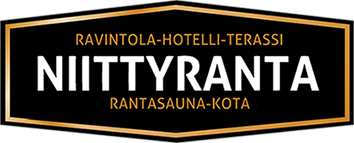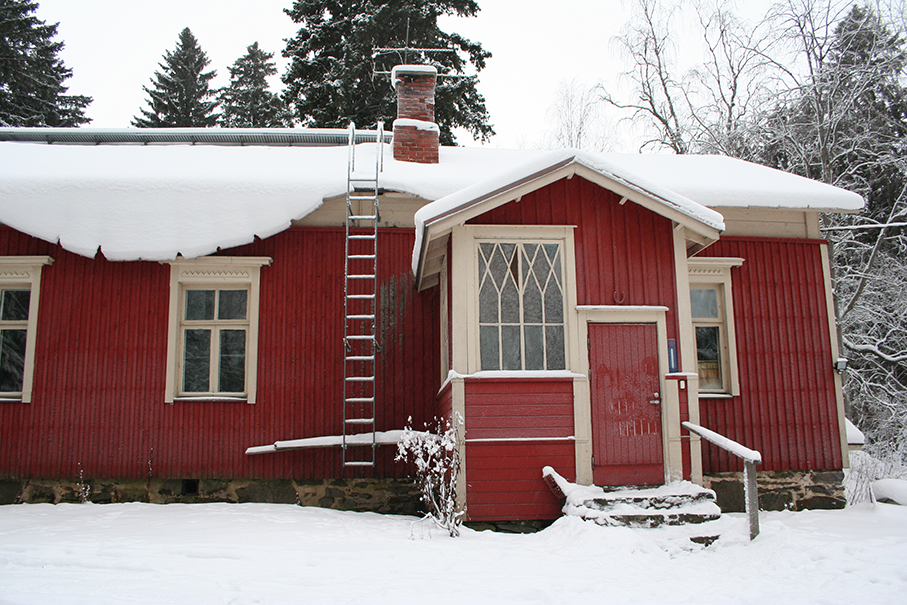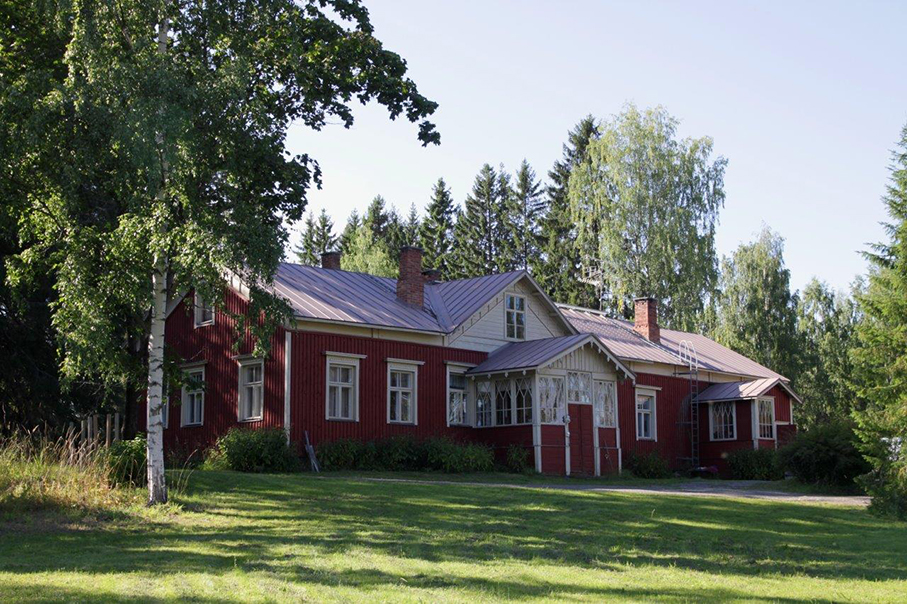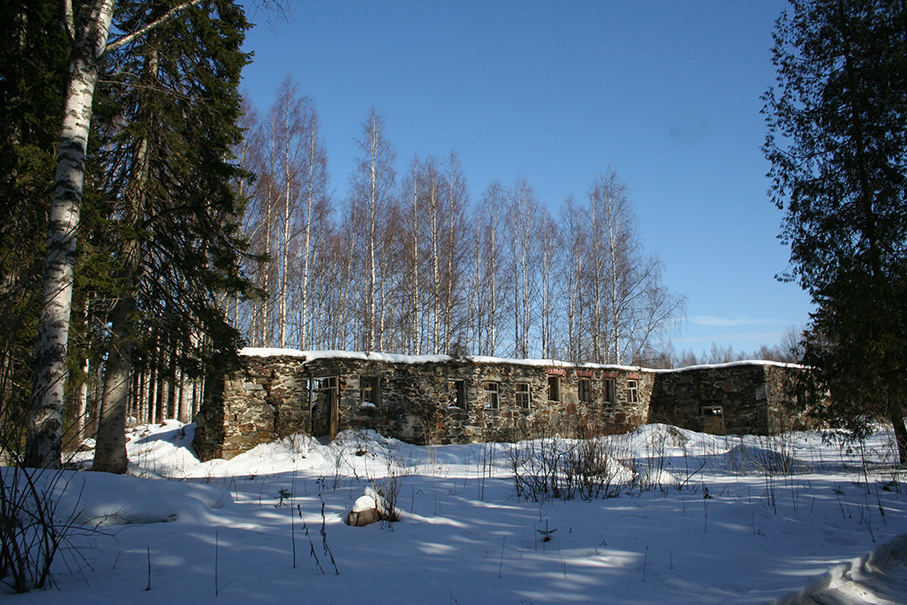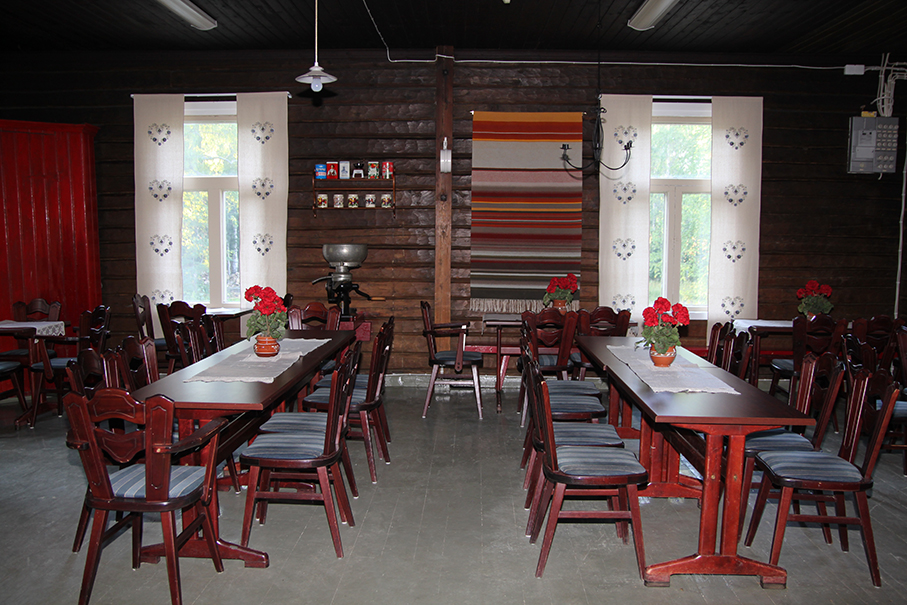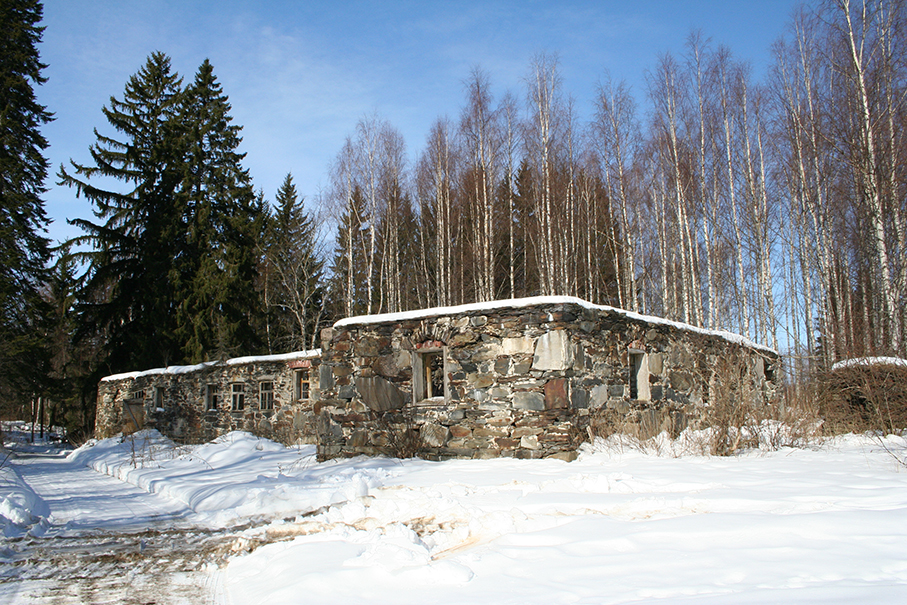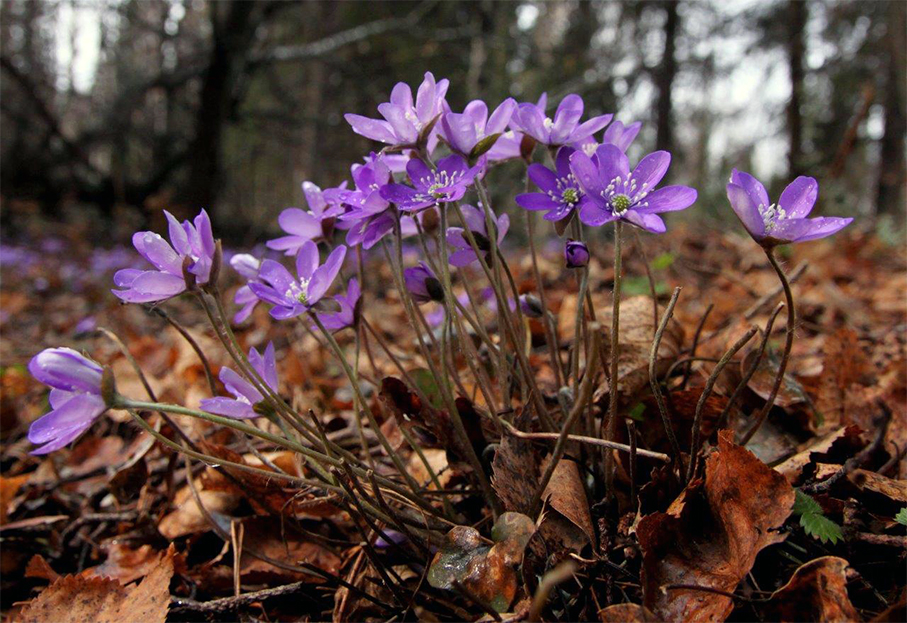Master Herman Hakulinen moved the institute that he established with his wife Liekko Hakulinen in 1895 at the leased premises in Kontiolahti to the Niittylahti estate in Mulo that he bought in 1899. In 1902 his own house was built on a donated plot from the land of the estate. It still stands admirable on the plot near the hotel. A folk high school and a gardening school were established to the right-hand end of the building.
In the years of autonomy the Northern Carelian institute was advertised professionally as a host and hostess school. Education was divided in half and half to all-around educative and practical subjects. The graduates turned out to gain local, provincial and even national influence.
The Hakulinen family built their school four times (A lecture room, a timber school, a gardening school and a stone institute to the Niittylahti estate). During the early days of the institute it was called “the forge of light” and the stone institute “the white enlightenment house of Niittylahti”.
In 1913 a gardening school was established, and it had the first heated greenhouses, tomatoes and seedling pallets in the province. At the peak of its size the garden included 1.5 hectares of berry patches and 2.5 hectares of vegetable patches and 23 hectares of arable land. During the course of its operation 106 gardeners were graduated from Niittylahti gardening school.
Between 1904 and 1928 summer courses were held by Niittylahti garden and cooking school, from which 400 women were graduated as gardening advisors.
In 1918 the Hakulinen family closed down the activities due to being unprofitable.
This is the foundation of the hotel.
There is an abundance of hepatica in the vicinity of the old building.
This text is based on / borrowed from the books Pyhäselän partailta and Mulo muita mahtavampi, by Vesa Tuominen.
